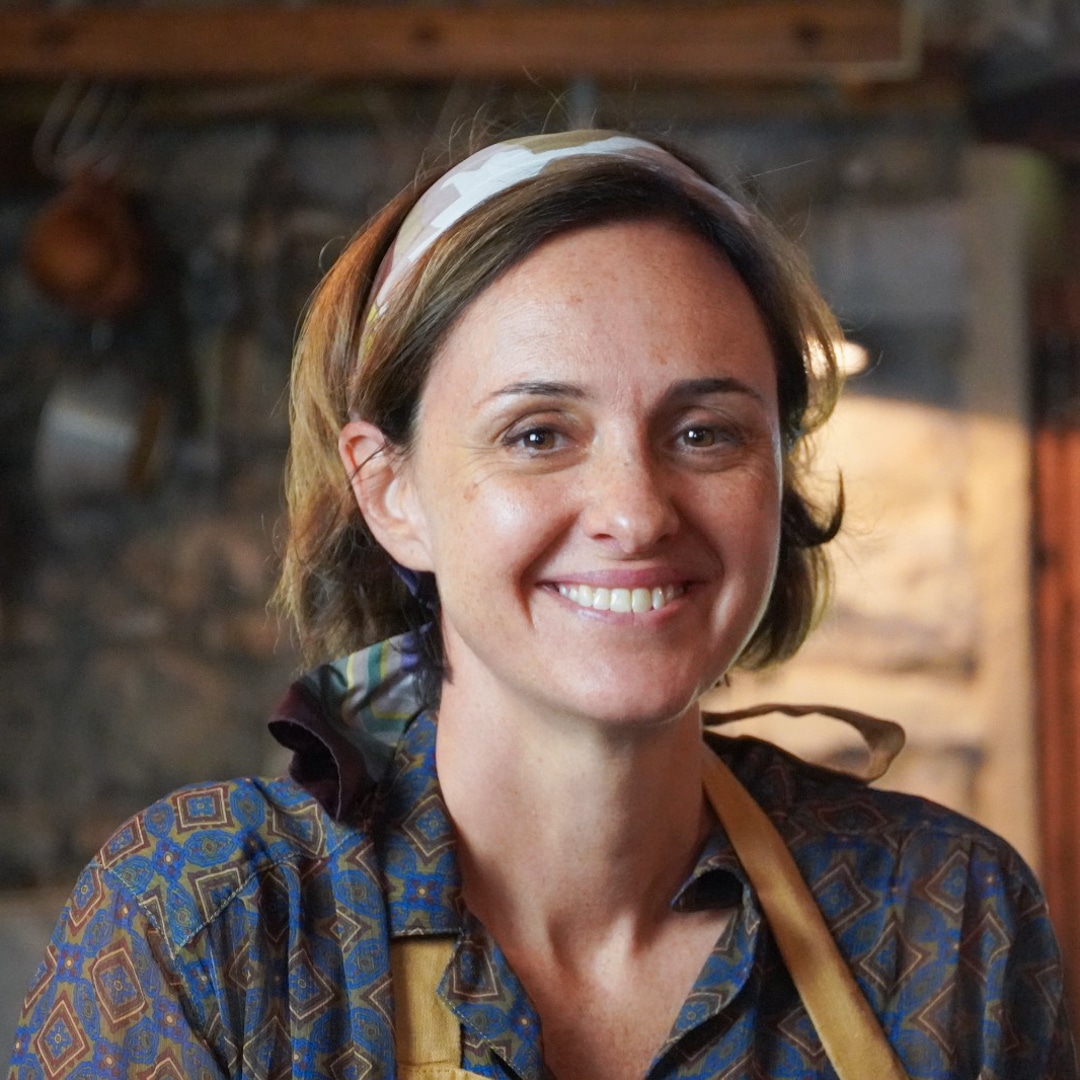February is the month when, here in Liguria, the first artichokes appear on the stalls of the market. The most coveted, the best, are the artichokes of Albenga, better known as thorny violet artichokes of Albenga (carciofo violetto di Albenga). Their peculiarity? The leaves. Watercolor of dark green with purple shades and yellow thorns, are exceptionally tender, crunchy and sweet. This makes them perfect also to be eaten raw in salad (even the stem, I recommend!).
The artichokes of Albenga are an ancient local culture. They were renowned all over Europe already in the Renaissance, so much so that the famous French gastronome Parmantier in the middle of 1700 called them the “Genoese sugar”.
There is also another famous artichoke in Liguria, it is the Artichoke of Perinaldo, cultivated in the mountain territory of the village of Perinaldo (weat side of Liguria) and Slow Food Presidium of Liguria. It is an artichoke without thorns, tender and without beards inside, which is harvested in May. The production is so small that you can hardly find it fresh outside his native country. But, if you’re lucky you can find it in oil!


How we cook artichokes in Liguria?
First of all, stewed artichokes are a great filling for vegetable pies and in particular for the Pasqualina Pie (the Easter savory Pie), in its most elite version of Artichoke Pie.
The Genoese, then, love to accompany lamb with artichokes, this is also a dish of the Easter tradition. Moreover, artichoke sauce is very common to season pasta, in its white version with parsley and marjoram or with tomato sauce (the recipe will come soon).
The artichokes, finally, are also very good with eggs. And, in fact, a traditional way to cook them is in fricassee, i.e. stewed and tied before serving with a slightly sour beaten egg cream and lemon.
The other recipe, which I share today, is that of Genoese artichoke frittata. The peculiarity of this recipe is the presence, next to artichokes, of bread crumbs soaked in milk. A “trick” of cooking which increases the portions and decreases the overall cost of the dish (artichokes have always been a very expensive product) using bread, often stale. A great example of how the traditional Ligurian cuisine, the paesant and everyday cuisine, is also a sustainable cuisine.


How can we choose the best artichokes?
Before leaving you to the recipe, though, I have to make you a recommendation. When buying artichokes choose only the best one. You recognize them because they have the closed tip, they are hard and compact to the touch, the outer leaves are dark green, inside they have just little down, the stem is rigid and the leaves that depart from the stem are turgid.


Ingredients
- half red onion
- 30 g of bread crumbs
- Half a glass of milk (100 ml)
- 6 artichokes
- 1 lemon
- 4 tablespoons of Evo oil
- 2 tablespoons chopped fresh parsley
- 4 cherry tomatoes
- 4 eggs
- 2 tablespoons grated parmesan cheese
- 1 teaspoon of finely chopped marjoram
- Salt
- Pepper
Instructions
- Chop the onion finely.
- Cut the bread crumbs into cubes and soak in milk.
- Clean the artichokesand remove the harder outer leaves, remove the inner beard, cut them into thin slices and put them to soak in a bowl with water and lemon.
- Pour 2 tablespoons of olive oil into a non-stick frying pan and fry the chopped onion and two tablespoons of parsley for about two minutes. Then add the sliced artichokes well drained and the tomatoes cut into quarters. Season to taste with salt and sauté for 10 minutes, adding a little water from time to time until the artichokes are tender.
- Get out of the fire and let it cool.
- In the meantime, beat the eggs in a bowl, add the Parmesan cheese, the chopped marjoram and the well squeezed bread crumbs. Add the stewed artichokes and mix well. Season with salt and pepper. Put the non-stick frying pan on the heat again with two tablespoons of oil. When the oil is hot, pour in the egg with the artichokes and cook over medium heat until the base is regressed and golden. Turn the omelette with a large plate and let it thicken on the other side.
- Serve hot with slices of toast.





